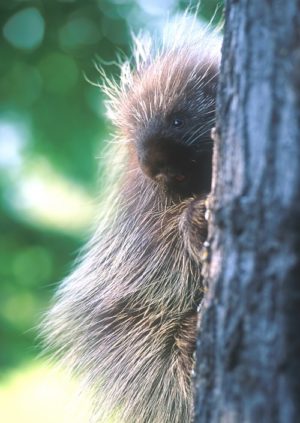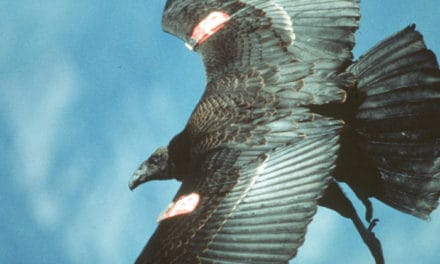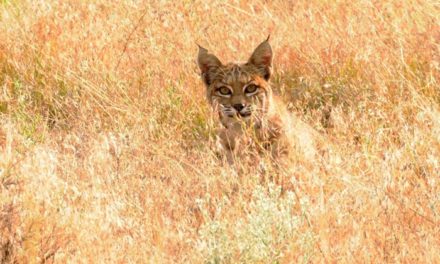By Melissa Wynn
I was blessed growing up deep in the woods of the Sierra Nevada as a child. Porcupines were a very common wildlife sighting. In my late teens, I commuted on HWY 36 from Westwood out past the HWY 32 turn off for work and porcupines were every bit the road hazard at night that the deer were and continue to be. I can also remember my father many times pulling on coveralls and thick gloves to go out and pull porcupine quills from our naughty dogs that couldn’t seem to resist a chase every time they managed to sneak out of the yard for a forest run. But in the last several years I have not seen a single waddling pin cushion of the pines, dead or alive, in all my travels through this neck of woods. I have to wonder if I have just been unlucky or if others have noticed the absence of our spiky little neighbors. Things that make you say hmmm? Porcupine are quite intriguing to watch as they perch in the trees nibbling the bark, twigs or spring buds. These large rodents have front feet much smaller than the back and use them almost like hands as they feed. Like their beaver cousins, the front teeth of the wood munching porcupine never stop growing but are constantly filed down at mealtime. These amazingly strong teeth like chisels are also orange in color. Porcupines breed September through November and have only one baby after about 210 days, so the early babies will be coming in late April. I hope to catch a glimpse of at least one this year. They used to be so easy to spot in the snowy trees during the winter, but not so anymore. The woods are still full of trees to dine on, so why are we not seeing them?

photo from bigstock photo
How about you my Mountain Valley Living friends, when did you last see a porcupine? Please log on at mountainvalleyliving.com and post a comment telling us when and where you or your dogs last encountered the seemingly missing porcupine.












